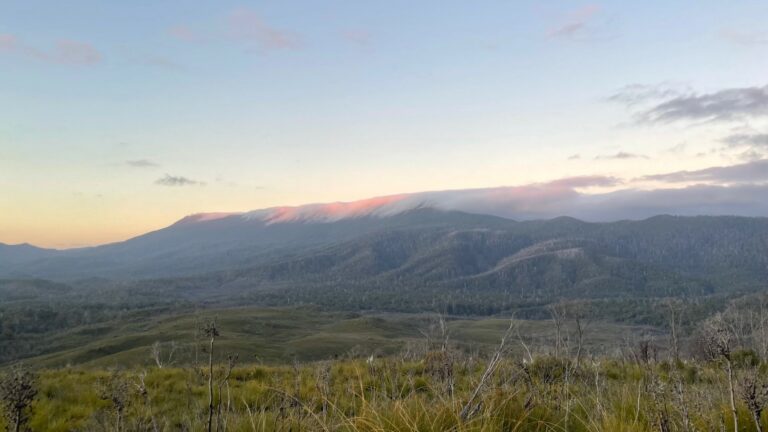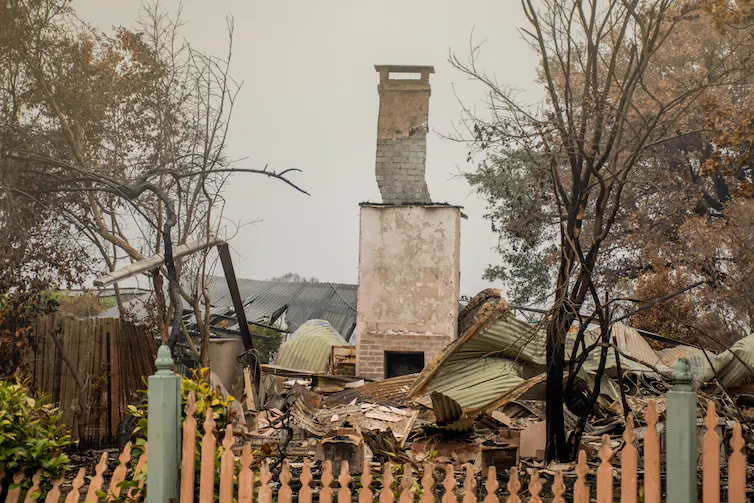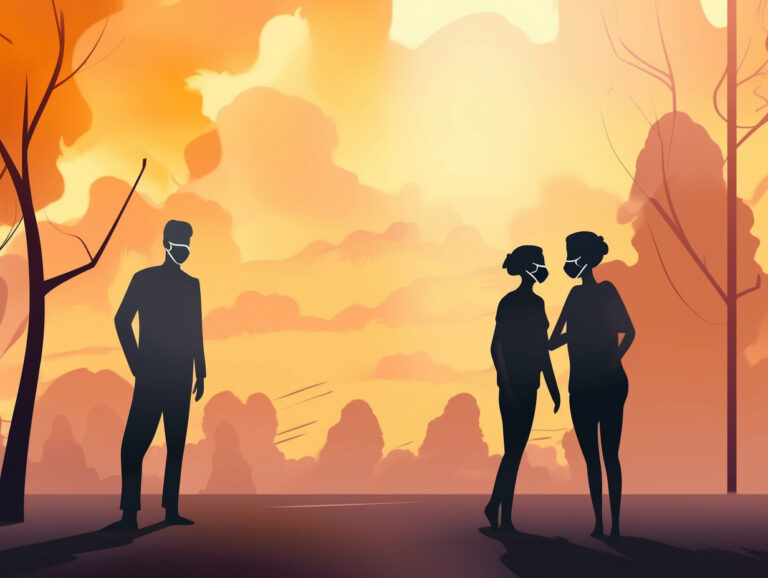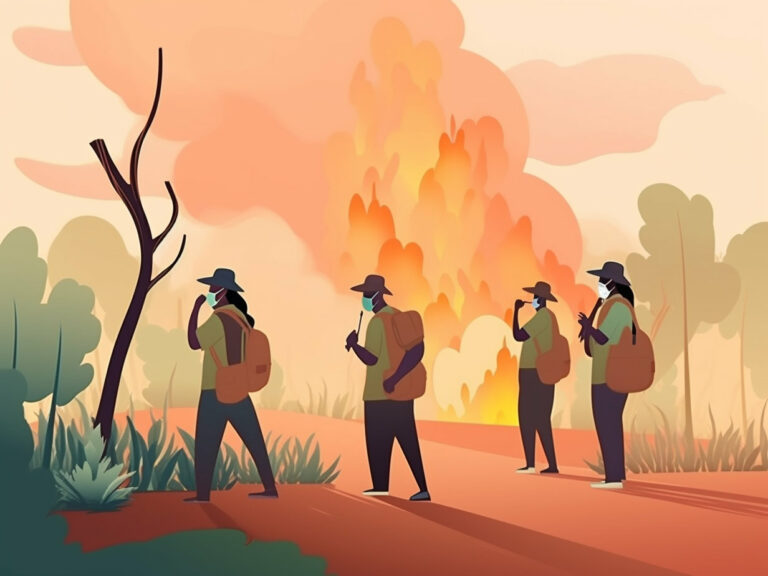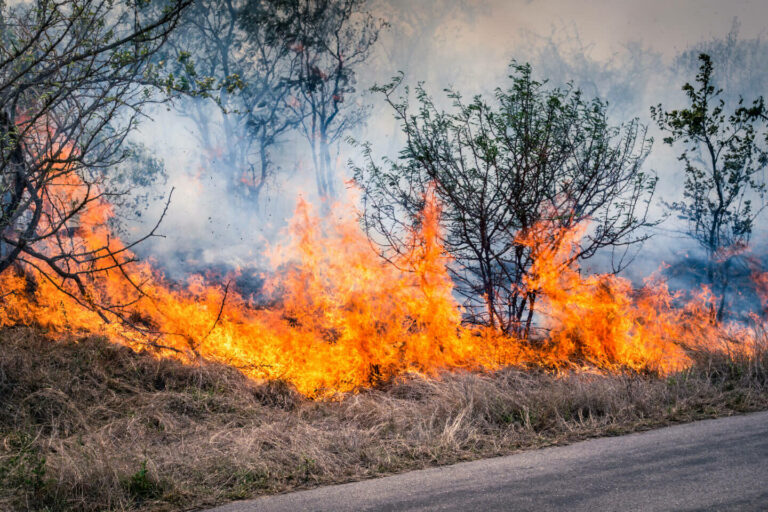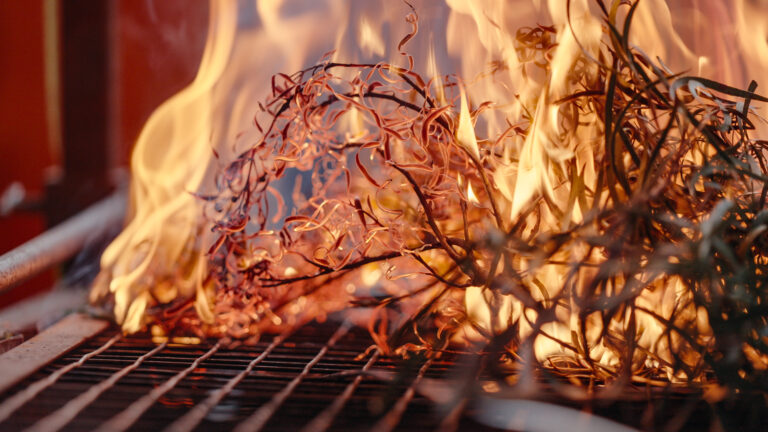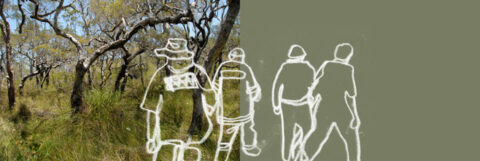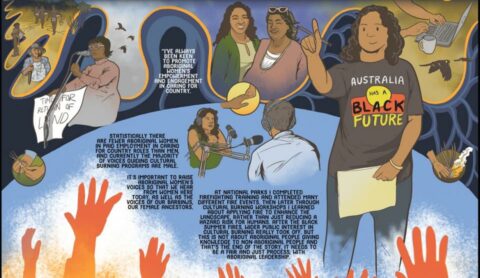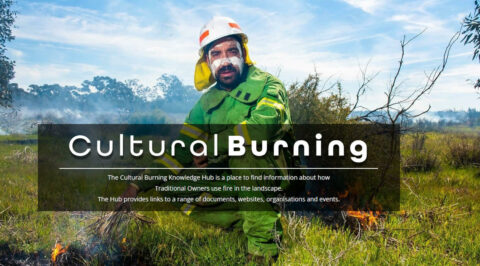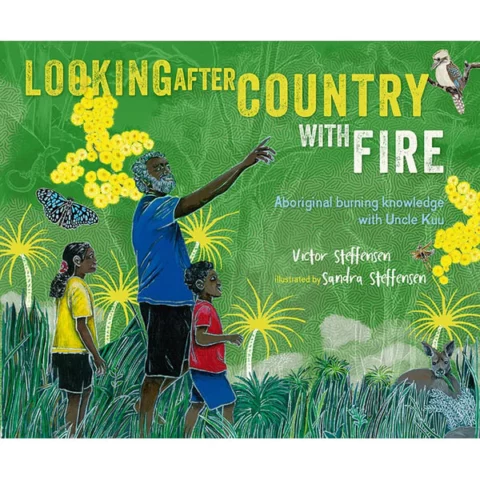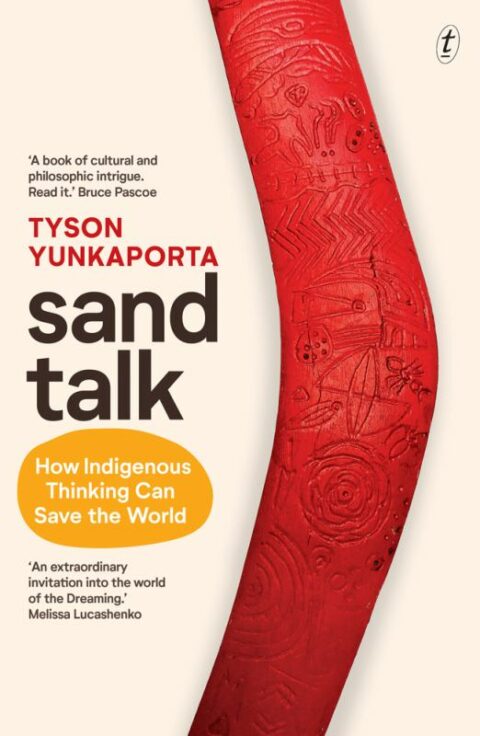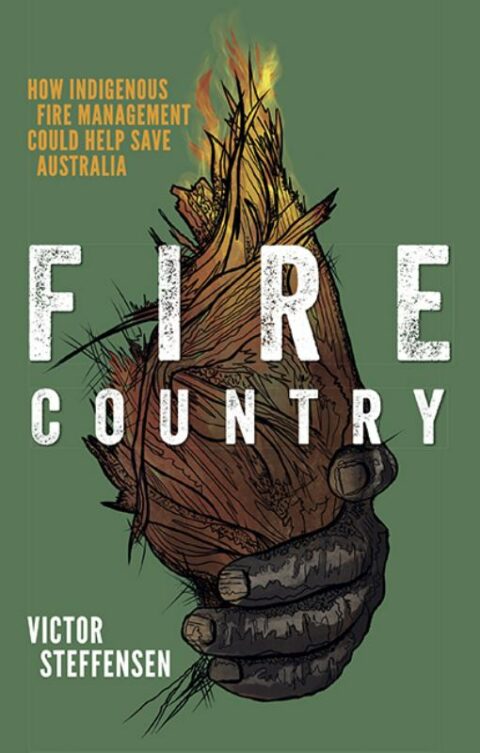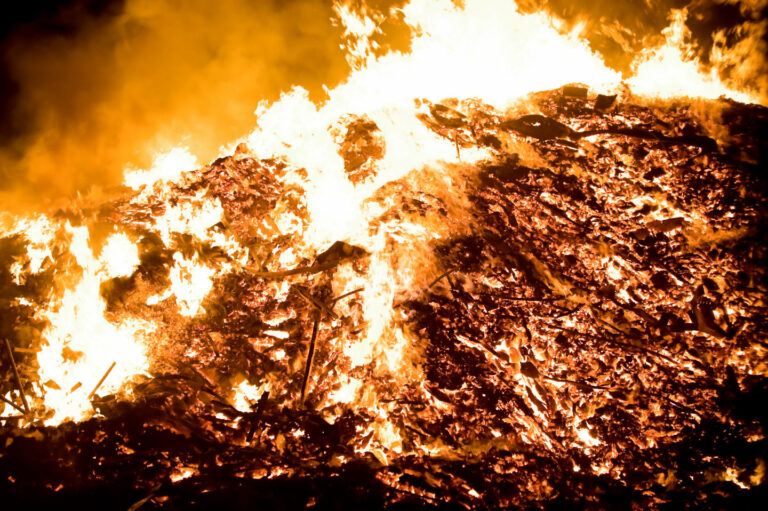
ABC Radio National: Foraging a Fire Ready Future
FULL EPISODE
It’s a reality that was long predicted, and one we are now living: Australia’s bushfires are more intense, more frequent, and more costly. So how can we prepare for the inevitable – what proactive steps can communities take to protect themselves, and do we have the settings right?
This event was recorded as part of the Island of Ideas public talks series at the University of Tasmania on March 6, 2024.

